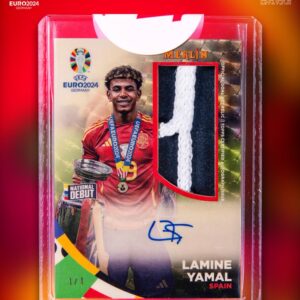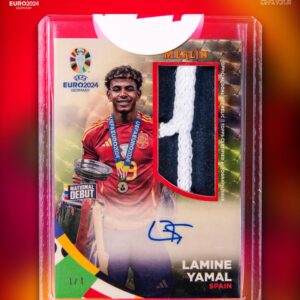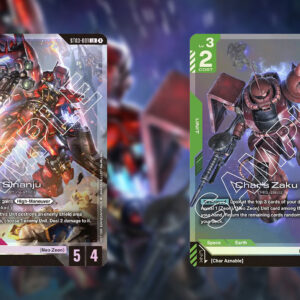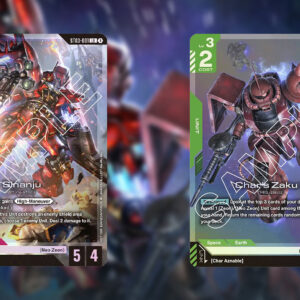In the enthralling world of Magic: The Gathering (MTG), collectors and players alike find solace and excitement in the unique art and strategy that comes with each card. However, nothing deflates the thrill of scooping up a rare card faster than realizing it’s a counterfeit. Whether you’re a casual player or an aficionado who salivates over each edition of Black Lotus, counterfeits can muddle your collection. Yet, with a few savvy techniques and a keen eye, you can become adept at spotting those imposters before they sneak their way into your stack of cherished spells and creatures.
Firstly, let’s consider the age-old advice of trusting your senses. The tactile experience of handling a card can reveal a wealth of information. Genuine MTG cards possess a matte finish. When you run your fingers across them, they should feel slightly rough—a tangible contrast to the smooth, glossy surfaces of many fakes. If you find yourself unsure, a land card from the same set can be a reliable comparator to ensure the right texture is present.
Next up, channel your inner detective with a flashlight test. Magic cards are crafted with a recognizable blue core, sandwiched between paper layers that filter light with a gentle, cool hue. Counterfeit cards often fail this test either by blocking too much light due to thickness or allowing too much through if they’re unnaturally thin. If you see a washed-out glare or excessive opacity, it’s time to be suspicious.
For tech-savvy aficionados, a pocket-sized jewelry loupe becomes an indispensable ally. With 30x magnification power, this tool turns you into the Sherlock Holmes of Magic cards, letting you scrutinize details otherwise invisible to the naked eye. Magnify the printed art and text boxes to search for the rosette pattern typical of authentic cards. This pattern consists of a matrix of small, circular dots meticulously arranged to create floral-like rosettes. Fakes often feature blurred lines, digital pixelation, or inconsistent dot placement, signaling the presence of fraudulent printing methods.
Another hallmark of authenticity is the distinctive black ink used on official Magic cards. Character names, mana symbols, and other text are drawn with a robust, singular black layer that remains crisp when viewed closely. In contrast, counterfeit versions often print in composite black, combining colored dots that lack the sharpness and solid feel of real ink—another telltale sign caught under magnification.
Turning the card over, focus on the famed green mana symbol amidst the card back. Between highly saturated yellow-green borders, the red dot pattern crafts a tiny upside-down “L” within the holographic circle. Its absence or misalignment is usually a red flag that the card is an impostor in disguise.
For the newer wave of collectors, safeguard elements have evolved along with counterfeiting techniques. Since Magic 2015, rare and mythic cards feature an oval holographic stamp at the base of the card. This security measure isn’t just about appearance; in authentic cards, it is flush with the surface and often contains minutiae such as planeswalker symbols and mana icons within it. Counterfeit holograms often appear layered, grainy, or have a textured surface inconsistent with genuine cards.
Given the fragility and value of real cards, it’s crucial to note what not to do as well. Destructive tests like tearing cards to expose the blue core or bending them for old-fashioned examination methods not only risk damaging authentic cards but are also outdated tactics. Modern-day counterfeiters have become proficient at mimicking these superficial tests, so it’s advisable to lean on non-destructive, evidence-accumulating methods for confirmation.
Any journey to flag a bogus card centers around a holistic approach—consider each card’s tactile feel, scrutinize it under light, and inspect it with magnification for any aberrations. With a blend of practice and knowledge, your detection prowess will enhance, keeping your treasured collection untainted. This savvy expertise not only protects your personal hoard of cards but also contributes to preserving the integrity of the game itself. After all, a smart collector is a cornerstone of the Magic community, ensuring the enchantment and wonder that drew us to the game in the first place remains pure and truly magical.






